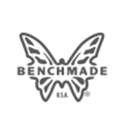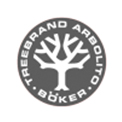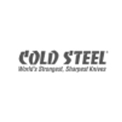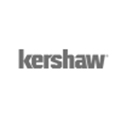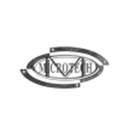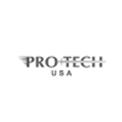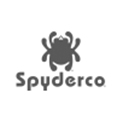Kershaw Knives for Any Challenge: How to Choose
27th Jul 2021
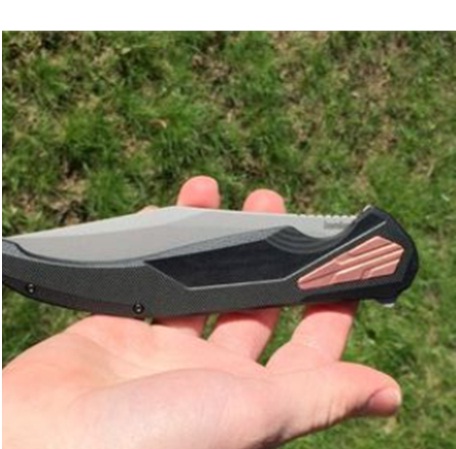
One of the hardest things about developing an affinity for collecting, carrying and using knives is knowing how to pick the best one for the job, or at least, where to stop. Doubtless, there are collectors out there with 30 or 40 Kershaw knives in their collections, or more.
If you have the means to support that habit, go for it. There are so many Kershaw knives in our collection that you could add one per week a month and it would take you several years to exhaust your options. Many of the models of knives we sell are available in several different materials and blade configurations as well.
But if you’re limited to just one, or a few, how do you choose? Here are some high level considerations you should make.
Kershaw Knives for EDC or General Utility
Many of our customers are interested in general purpose blades for EDC or general utility. If you’re looking for a knife to stuff in your pack or front pocket for everyday carry, here are some traits to assess to help you choose.
-Blade profile: For EDC, there’s no single set blade profile that you necessarily need to have, but depending on your intended uses, a clip point or a drop point blade will probably serve you well, although some users prefer sheepsfoot or tanto style points.
-Quality of the steel: They say you can choose two of the following three attributes, being toughness, edge retention or corrosion resistance. Modern super steels can give you all three, but you should assign some priority to corrosion resistance (that is, choose some stainless steel), since many EDC knives spend days in a pocket without ever getting cleaned or oiled.
-Lock strength: A folding Kershaw knife should also have a strong lock that is easy to engage and relatively easy to disengage. Although liner locks are common and easy to produce, frame locks are stronger.
-Carry options: Obviously you can simply drop an EDC knife in your pocket, but many of them also have reversible clips that enable a variety of different carry options.
-Ease of opening: Many Kershaw knives have thumb studs, flippers and assisted opening technology that make deployment easy, even if one of your hands is occupied.
Generally speaking, a knife is practical for EDC if it is light, ergonomic, and easy to deploy and close. It should also have a strong locking mechanism that engages securely and is difficult to disengage except by a purposeful action. Many Kershaw knives feature liner locks or framelocks, and make use of flipper mechanisms or Kershaw’s SpeedSafe assisted opening technology.
An EDC knife should also afford you several different carry options, on top of the obvious “free floating” in a pocket. Many practical folders have reversible pocket clips that allow for both tip up and tip down carry, on either side of the knife. Some are also compatible with lanyards; these are all traits to evaluate.
Kershaw Knives for Bushcraft, Survival and Hunting
If you intend to make a Kershaw knife your go-to preference for bushcraft, survival or even hunting, your priorities will probably shift. Whereas folding knives are the most common for EDC because of their convenience, lightweight nature and compact design, fixed blades reign supreme for hunters and other outdoorsmen.
While Kershaw’s bread-and-butter is their line of folders, many of which have been designed by blade master Ken Onion, KAI USA also produces a respectable line of fixed knives designed for camping, survival, bushcraft, hunting and other outdoor pursuits.
If your interests shift over to these, here are some of the top attributes to consider:
-Blade steel: Tougher steels are tops for bushcraft and other survival knives, but corrosion resistance is a bonus, especially in harsh, wet environments.
-Full tang construction: Full tang construction is an absolute necessity among fixed blade knives. Partial tangs are liable to snap at the shoulder or deform with hard use.
-Mounting options: Depending on the sheath that comes with the knife, you may not be relegated to tip-down carry on the belt. Some sheaths enable scout carry or other methods as well.
-Tip strength: Fine points are rarely a bonus on larger, fixed knives, unless you are going to be using them for food prep or carving. Otherwise, a fine tip is just too likely to break. For this reason, most Kershaw fixed blades have stout drop points.
-Grind: Most fixed blades for hunting, survival and bushcraft have either a hollow grind, which is easy to resharpen and excellent for processing food, or a flat grind, which is better for working with or splitting wood.
These are some of the top considerations you should make when determining which Kershaw knife to add to your collection based on your projected, expected uses, but of course, if you have any other additional questions, make sure you get in touch with us at WhiteMountainKnives@gmail.com.

